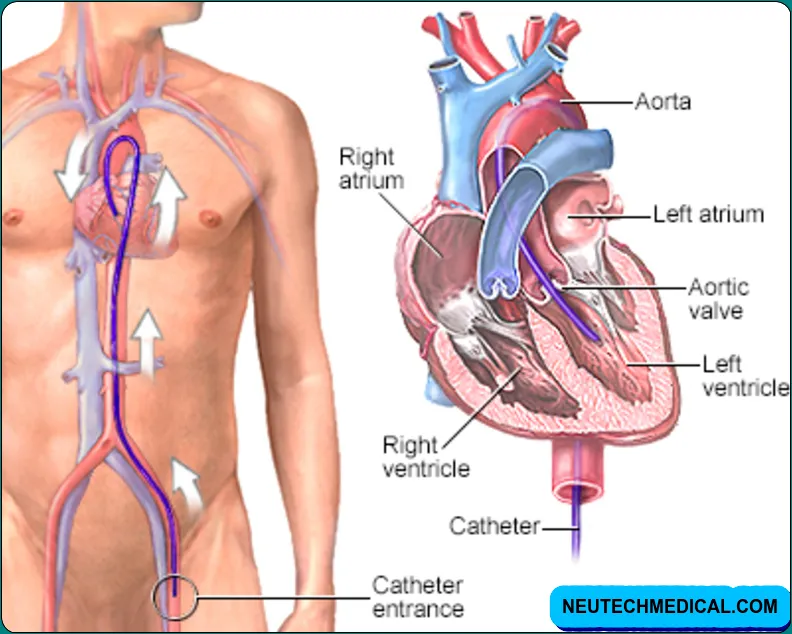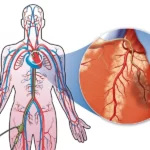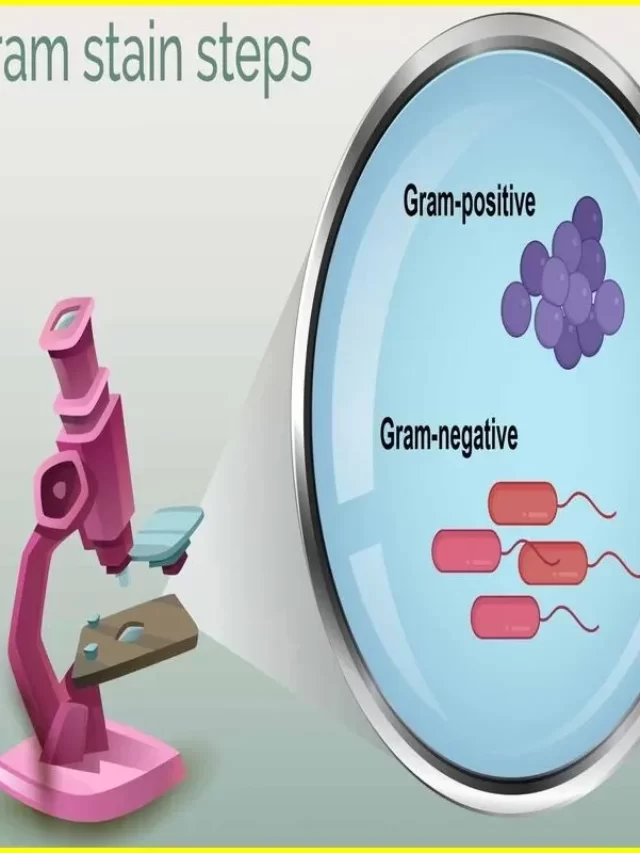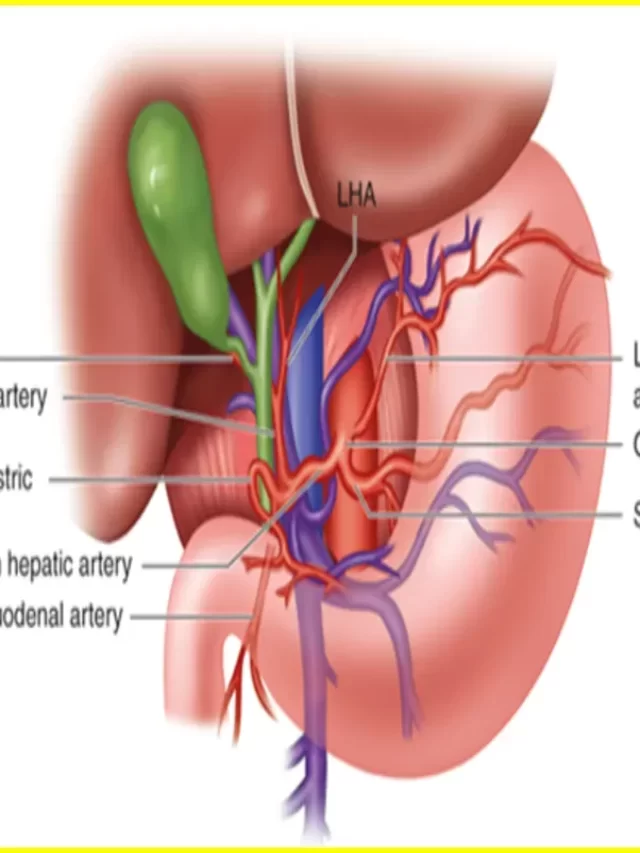Cardiac Catheterization
Cardiac catheterization is a medical procedure used to diagnose and treat various heart conditions by inserting a catheter into the blood vessels leading to the heart. Here’s an overview of the purpose, procedure, and potential applications of cardiac catheterization:
Purpose:
- Diagnosis: Cardiac catheterization is commonly used to obtain detailed information about the structure and function of the heart. It helps diagnose conditions such as coronary artery disease, valvular heart disease, and congenital heart abnormalities.
- Assessment of Blood Flow: The procedure provides information about blood flow within the coronary arteries and chambers of the heart, helping identify blockages, narrowed vessels, or other issues affecting blood circulation.
- Measurement of Pressures: Cardiac catheterization allows for the measurement of pressures within different chambers of the heart and blood vessels. This information helps assess the severity of heart conditions and guide treatment decisions.
- Evaluation of Heart Valve Function: By injecting contrast dye during the procedure, doctors can visualize the movement of the heart valves and assess their function.
- Angiography: Coronary angiography, a specific type of cardiac catheterization, involves injecting contrast dye into the coronary arteries to obtain detailed X-ray images. This is particularly useful for identifying the location and extent of blockages or narrowing in the coronary arteries.
Procedure:
- Preparation: Before the procedure, the patient may be given sedatives to help relax. The area where the catheter will be inserted (typically the groin or wrist) is cleaned and numbed.
- Insertion of Catheter: A thin, flexible tube (catheter) is inserted through a blood vessel and guided towards the heart. The catheter is usually threaded through the femoral artery in the groin or the radial artery in the wrist.
- Contrast Injection: Contrast dye may be injected through the catheter, and X-ray images are taken to visualize the blood vessels and chambers of the heart.
- Pressure Measurements: Pressure sensors on the catheter allow for the measurement of pressures within different areas of the heart.
- Potential Treatment: In some cases, cardiac catheterization can be used for therapeutic purposes, such as angioplasty to open narrowed arteries, stent placement to keep vessels open, or other interventions to address specific heart conditions.
Post-Procedure: After the cardiac catheterization, the patient is usually monitored for a brief period to ensure there are no complications. It’s common for patients to rest and avoid strenuous activities for a short time after the procedure.
Cardiac catheterization is a valuable tool in cardiology, providing crucial information for the diagnosis and management of heart conditions. The specific details of the procedure may vary based on the individual’s medical condition and the goals of the examination. Always consult with a healthcare professional for personalized information and guidance regarding cardiac catheterization.
What is Cardiac Catheterization
A physician uses cardiac catheterization, an intense medical procedure, to assess the heart’s and its blood arteries’ functionality. A long, thin tube called a catheter is inserted into the heart during this treatment by passing it through an artery or vein in the arm, leg, or neck.
Once positioned, the catheter can be used to assess intra-cardiac pressure, get X-rays, or inject dye into the coronary arteries to aid in the visualization of blockages on the images. A stent can be inserted into a blocked coronary artery or a malfunctioning cardiac valve repaired using cardiac catheterization, among other heart diseases.
The majority of cardiac catheterization operations go smoothly, and patients are able to return home the same day. Most patients recover from the treatment rather quickly, going back to their regular routines in a matter of days. More severe side effects, such as bleeding or infection at the insertion site, heart attack, stroke, or arrhythmia (abnormal heart rhythm), can, nevertheless, happen in certain circumstances.
Cardiac Catheterization Procedure
A diagnostic technique called cardiac catheterization is done to learn more about the heart. Certain cardiac disorders can also be treated with it.
A long, thin tube known as a catheter is placed into a leg artery and moved through the arteries to the heart during cardiac catheterization. After the catheter is inserted, it may be used to image the coronary arteries and gauge the pressure inside the heart’s chambers (blood channels that deliver oxygen rich blood to the heart muscle).
Article About:- Health & fitness
Article About:- Medical Technology
Article About:- Sports

In some cases, cardiac catheterization may also be used to treat certain heart conditions. For example, if one of the coronary arteries is blocked by plaque (a build-up of fatty deposits), a balloon may be inflated inside the artery to open the blockage. This procedure is known as angioplasty.
After cardiac catheterisation, you will be closely monitored by a specialist for any complications. Most people are able to go home within a few hours of the procedure.
Cardiac Catheterization Working Principle
Cardiac catheterization is a core intensive care procedure used to diagnose and treat certain heart conditions. This is done by threading a thin, flexible tube (catheter) through a vein or artery in the leg to the heart. Once in place, the catheter can be used to measure pressure inside the heart chambers, take blood samples, or inject dye into the arteries so they can be seen on X-rays.
Cardiac catheterization is usually done on an outpatient basis, which means you can go home the same day. The process takes about 45 minutes to an hour. Recovery time is usually short, and most people are back to their normal activities within a day or two.
There are some risks associated with cardiac catheterization, but these are generally low. Complications may include bleeding, infection, irregular heartbeat, or damage to blood vessels or heart valves. Overall, cardiac catheterization is a safe and effective way to diagnose and treat heart conditions.
In some cases, cardiac catheterization may also be used to treat certain heart conditions. For example, if there is a blockage in one of the coronary arteries, a catheter may be used to prop open the artery with a balloon or stent. Catheterization may also be used to repair congenital heart defects or implanted pacemakers or defibrillators.
The risks of cardiac catheterization are generally low, but as with any medical procedure, there are potential complications. These include bleeding, infection, arrhythmia (abnormal heart rhythm), and damage to blood vessels or the heart. Most complications are rare and can be treated successfully if they do occur.
Recovery from cardiac catheterization is usually fairly rapid. You will likely stay in the hospital for a few hours after the procedure so that your doctor can monitor your condition. You may have some discomfort where the catheter was inserted, but this will go away in a day or two.

Cardiac Catheterization Purpose
Cardiac catheterization is a medical procedure used to diagnose and treat certain heart conditions. This involves inserting a long, thin tube called a catheter into the heart through an artery in the groin or arm. After the catheter is placed, it may be used to measure the pressure inside the heart chambers, take pictures of the heart, or perform other tests. Cardiac catheterization can also be used to treat certain heart conditions, such as narrowing of arteries or valves (stenosis), by keeping them open with a balloon or stent.
Why would you need Cardiac Catheterization
Cardiac catheterization is a procedure used to diagnose and treat certain serious heart conditions. This procedure involves inserting a long, thin tube (catheter) into a blood vessel in your arm, groin (upper thigh), or neck and threading it through your blood vessels to your heart.
Cardiac catheterization may be used to:
1) Find blockages in the coronary arteries that supply blood to your heart muscle
2) Determine whether there is enough blood flow to your heart muscle
3) Evaluate the pumping function of your heart
4) Treat certain heart conditions, such as abnormal heart rhythms or valve problems
Your doctor may recommend cardiac catheterization if you have signs or symptoms of a heart condition, such as chest pain or shortness of breath. Cardiac catheterization may also be done if you have previously had a heart attack or heart surgery.
Cardiac Catheterization Indications
Cardiac catheterization is an invasive procedure used to diagnose and treat heart problem conditions. This involves inserting a thin, flexible tube called a catheter through an artery in the arm or leg and into the heart.
Cardiac catheterization may be used to:
1) Heart conditions such as coronary artery disease, valve disease and congenital heart defects.
2) Heart conditions such as angina (chest pain), arrhythmia (abnormal heart rhythm), and heart attacks.
3) measure blood pressure and oxygen levels in the heart chambers
4) Determine how well the heart is pumping
collect tissue samples for analysis
5) Balloon angioplasty or stenting to open blocked coronary arteries.
Right Heart Catheterization
1) Pulmonary Angiography
2) Echocardiography
3) Cardiac Magnetic Resonance Imaging
4) Coronary Computed Tomographic Angiography
5) Blood oxygen saturation measurement
6) Pulse Oximetry
Self Catheterization
A procedure to insert a small tube into the urinary tract to relieve urinary retention.
Catheterization
The act of passing a catheter or other tube through the tissues of the body and into an organ or location, in order to irrigate, measure pressure or drainage, or deliver medication.
Cerebellum
A large mass of nervous tissue located beneath the cerebral hemispheres that controls balance and muscle coordination.
Cerebral Aneurysm
Abnormal ballooning out of the wall of a blood vessel within the brain. Cerebral aneurysms can rupture and cause a stroke due to bleeding within the brain. They most often occur in women aged 30-40 years with high blood pressure. An aneurysm can be repaired by cutting out the affected portion of the vessel or by sealing it with a coil threaded through the artery using catheterization techniques. If left untreated, cerebral aneurysms are fatal in about half of cases.
Cerebral Cortex
the thin layer of gray matter that covers all but the central structures of the brain (the medulla oblongata); Responsible for higher intellectual functions such as thinking and reasoning, this area also contains
How Serious is Heart Catheterization
Heart catheterization is a serious procedure that should only be performed by a qualified medical professional. There are risks associated with the procedure, such as bleeding, infection, and damage to the heart muscle.
If you’re considering having heart catheterization, be sure to discuss the risks and benefits with your doctor.

FAQ
What is a cardiac catheterization done for?

Cardiac catheterization is often performed to obtain information about the heart or its blood vessels. It may also be done to treat certain types of heart conditions, or to find out whether you need heart surgery. Your doctor may perform cardiac catheterization to diagnose or evaluate: due to congestive heart failure or cardiomyopathy.
What are the steps of cardiac catheterization?

The steps of cardiac catheterization typically involve the following:
Preparation: The patient is prepared for the procedure, which includes taking a medical history, performing a physical examination, and conducting necessary blood tests.
1. Anesthesia: Local anesthesia is administered at the site where the catheter will be inserted. In some cases, general anesthesia may be used.
2. Catheter insertion: A thin, flexible tube called a catheter is inserted into a blood vessel, usually in the groin or arm, and guided toward the heart using X-ray or fluoroscopy imaging.
3. Contrast dye injection: Contrast dye is injected through the catheter into the blood vessels, making them visible on X-ray images. This helps in identifying any blockages or abnormalities.
4. Measurement of pressures: Specialized catheters may be used to measure pressures inside the heart and blood vessels.
5. Angiography: X-ray images or angiograms are taken to visualize the blood flow through the coronary arteries and chambers of the heart.
6. Intervention (if necessary): If any blockages or abnormalities are detected, various interventions can be performed during the same procedure. These interventions may include balloon angioplasty to open narrowed arteries, stent placement, or other procedures to repair or treat heart conditions.
7. Catheter removal: Once the procedure is complete, the catheter is carefully removed from the blood vessel.
8. Recovery and monitoring: The patient is moved to a recovery area for close monitoring of vital signs and to ensure there are no complications.
It’s important to note that the exact steps may vary depending on the specific procedure and the patient’s condition.
What drugs are used in cardiac catheterization?

Those frequently used in the cath lab include morphine, meperidine (Demerol), fentanyl, and hydromorphone (Dilaudid). Morphine is particularly helpful for heart patients because it increases venous potential and decreases systemic vascular resistance.
Who needs cardiac catheterization?

Cardiac catheterization is a common procedure performed to diagnose or treat various heart problems. For example, your doctor may recommend this procedure if you have an irregular heartbeat (arrhythmia), chest pain (angina) or heart valve problems, among other things.
What is cardiac catheterization called?

Cardiac catheterization, also known as cardiac cath or heart catheterization, is a medical procedure used to diagnose and treat certain heart conditions. This lets doctors take a closer look at the heart to identify problems and perform other tests or procedures.
Which vein is used in cardiac catheterization?

In cardiac catheterization, the most common vein used for access is the femoral vein. It is located in the groin area and provides a direct pathway to the heart. However, in certain cases, other veins such as the radial vein in the wrist or the brachial vein in the arm may be used as alternative access points for cardiac catheterization. The choice of vein depends on various factors, including the patient’s anatomy, the specific procedure being performed, and the preference of the medical team.
What are the complications of cardiac catheterization?

Cardiac catheterization is generally considered a safe procedure, but like any medical intervention, it carries certain risks and potential complications. Some possible complications of cardiac catheterization include:
1. Bleeding or hematoma at the catheter insertion site.
2. Infection at the catheter insertion site or in the bloodstream.
3. Allergic reactions to the contrast dye used.
4. Kidney damage due to the contrast dye.
5. Irregular heart rhythms or arrhythmias.
6. Blood vessel damage, such as dissection or perforation.
7. Blood clots forming at the catheter insertion site or within the blood vessels.
8. Stroke or transient ischemic attack (TIA) caused by dislodgement of plaque or blood clots.
9. Heart attack or myocardial infarction.
10. Cardiac tamponade, which is the accumulation of fluid around the heart.
11. Radiation exposure from X-rays or fluoroscopy, although the amount is typically minimal.
12. Rarely, death (although this is very rare).
What is a cardiac catheterization done?
A long, thin, flexible tube known as a catheter is inserted into a blood artery in your arm, upper thigh, groin, or neck during a cardiac catheterization procedure. After that, the catheter is inserted into your heart through the blood veins. It can be used to obtain blood or heart muscle samples, or it can be used to inspect your heart valves.
What is the recovery time for a cardiac catheterization?
It takes one week or less to recover fully. For the next 24 to 48 hours, keep the region where the catheter was placed dry.
What happens after cardiac catheterization?
The majority of patients are able to resume their regular activities the day following the surgery; however, you should refrain from heavy lifting and vigorous activity for a period of two weeks. In the event that a procedure was performed during your heart catheterization, you could require a little more time. As a result, your doctor will provide you advice.




